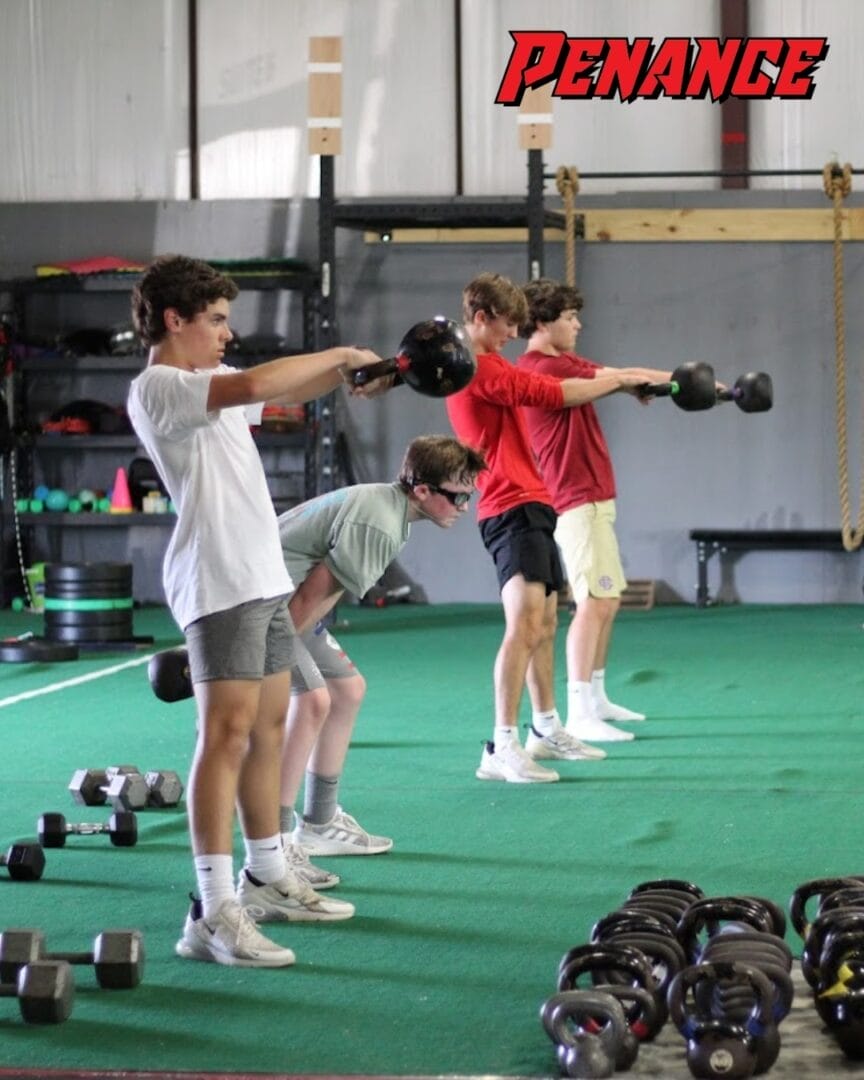In the realm of youth sports, there’s been an increasing emphasis on “sports specific” training. The concept is straightforward: if a young athlete dedicates all their energy to one sport – including mimicking this sport’s patterns in the weight room, they’ll excel faster and further. But the world of athletics isn’t quite that linear. Just as diverse educational experiences create well-rounded individuals, a comprehensive physical foundation is crucial for budding athletes. This brings us to the importance of general strength and conditioning.
The Myth of Early Specialization
The notion that early and intense focus on a single sport guarantees success is pervasive, but it’s essential to dissect this idea and understand its implications.
- Overuse Injuries: Repeatedly engaging in the same sport-specific movements increases the risk of overuse injuries. A well-rounded training regimen, incorporating various movements and exercises, can mitigate these risks.
- Limited Long-Term Advantage: While early specialization might offer a temporary edge, studies indicate that this advantage diminishes over time. Achieving a balance between specialized training and general physical development often yields the most sustainable results.
Building a Solid Athletic Foundation with Strength and Conditioning
The essence of athletic prowess isn’t just about mastering specific skills but having a robust and adaptable physical foundation.
- Overall Athleticism: Strength and conditioning programs aim to enhance general athleticism. This includes improving agility, power, balance, and flexibility – the physical tools athletes need in order to excel in any sport they choose.
- Muscular Balance: Focusing solely on sport-specific training can lead to muscular imbalances, increasing the risk of injuries. A holistic strength and conditioning regimen ensures that all muscle groups are engaged and developed, promoting physical harmony.
The Psychological Perspective
Beyond the physical, there’s a psychological dimension to consider when evaluating the training approach for young athletes.
- Engagement: Offering diverse training experiences can keep young athletes engaged. A varied regimen can rekindle enthusiasm and reduce the monotony often associated with repetitive, sport-specific drills.
- Passion Beyond Sports: Building a relationship with fitness, not just a specific sport, means our youth can maintain their health and well-being even if they choose not to pursue sports professionally. It’s about falling in love with movement and what our bodies can achieve.
Conclusion
A well-rounded approach to youth training is essential. It’s about blending practice & sport-specific drills with a strong base of overall strength and conditioning. This method doesn’t just produce top-notch athletes—it also fosters individuals who genuinely understand and value their physical health. For those looking for expert guidance in this balanced training journey, Penance Gym is here to help. By investing in a strong foundation now, we’re setting up our young athletes for a future of success.

